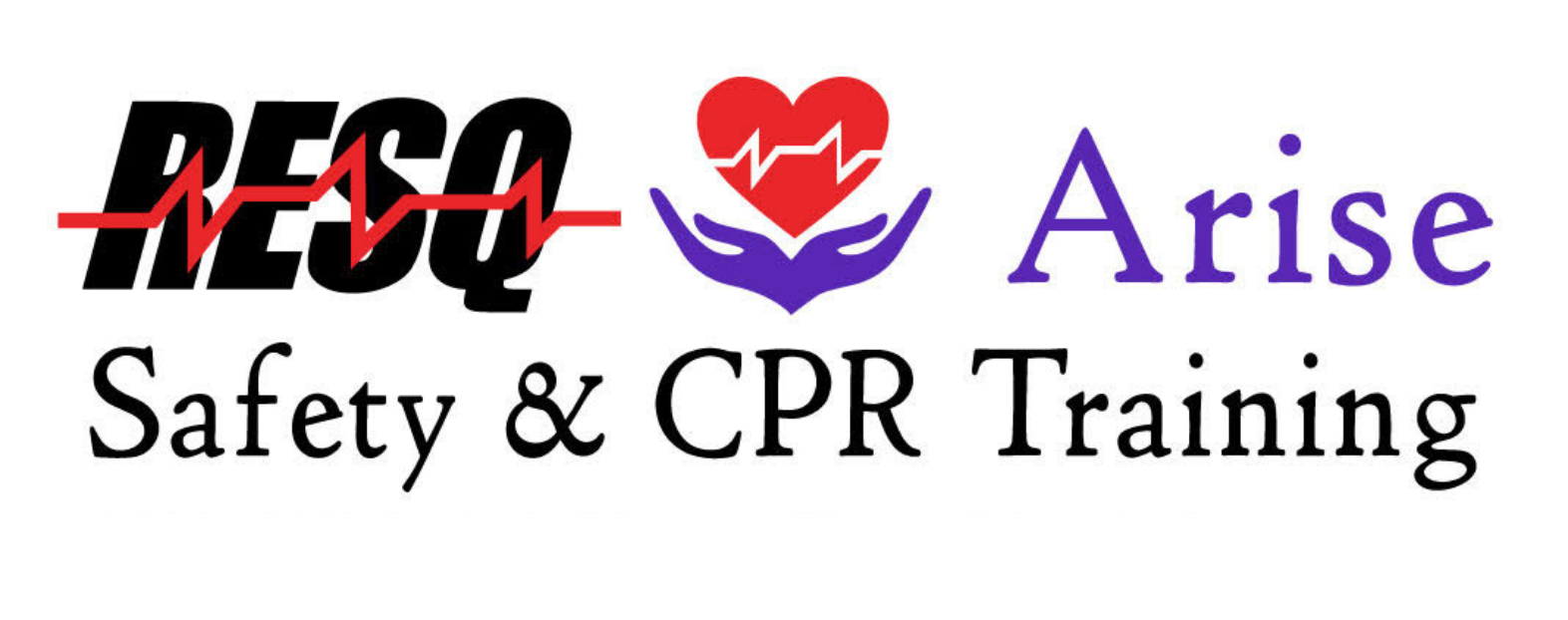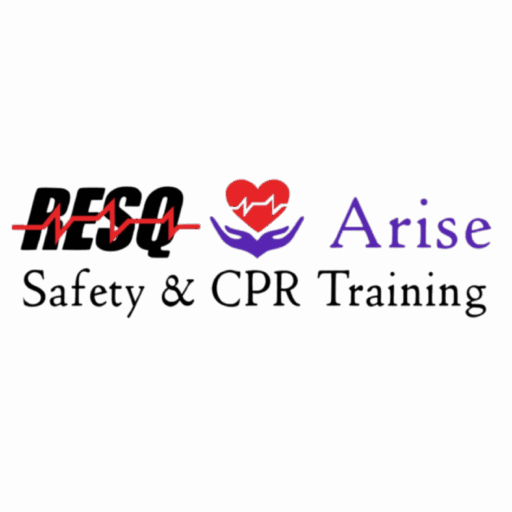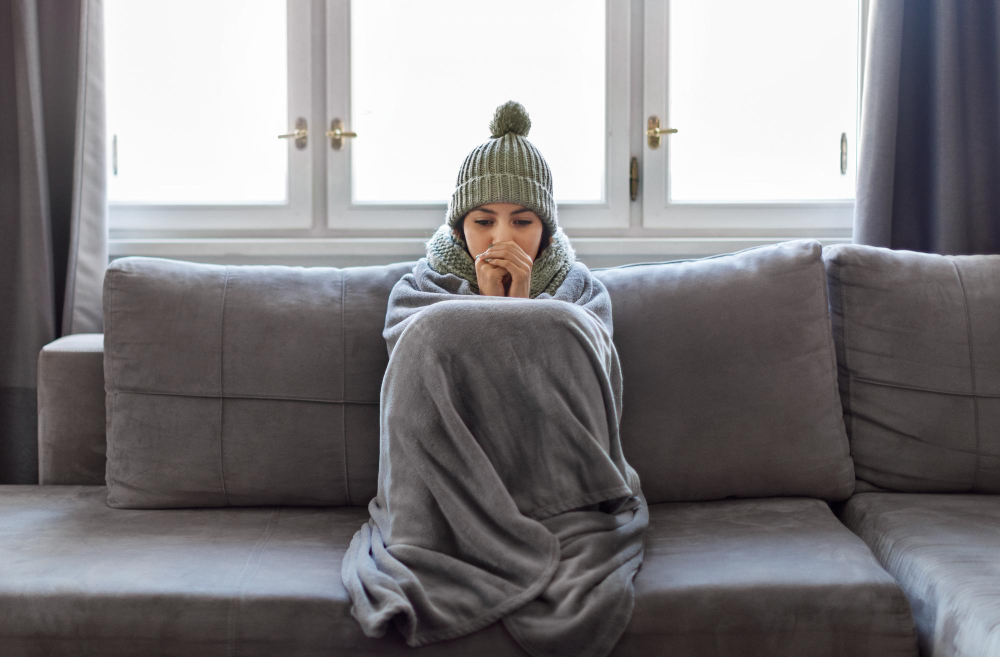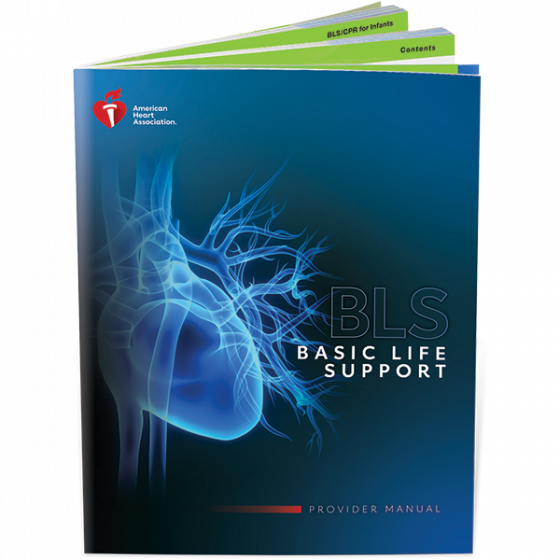What Is Hypothermia?
Hypothermia is a possibly dangerous drop in body temperature, usually caused by long exposure to cold temperatures. This is more likely to happen when the winter months arrive. But if you’re exposed to cold temperatures on a spring hike or capsized on a summer sail, you can also be at risk of hypothermia.
Normal body temperature averages 98.6 F. With hypothermia, body temperature drops below 95 F. In severe hypothermia, core body temperature can drop to 82 F or lower.
How common is hypothermia?
It is quite common among high-risk groups like the elderly, children, unhoused people, and people taking part in cold-weather sports. And a lot of cases don’t get reported. Between 700 and 1,500 people die because of exposure to the cold every year in the U.S.
Hypothermia vs. hyperthermia
Hyperthermia is the opposite of hypothermia. In this case, your body is overheated. This usually happens when you’ve been working out or exerting too much energy in a hot, humid place. Forms of hyperthermia include (ranging from mildest to most serious):
- Muscle cramps
- Heat exhaustion
- Heat rash (a skin rash of small red pimples)
- Heat stress
- Heatstroke (your body temperature is over 104 F and could cause death)
If your body temperature is over 99 or 100 F, you’re at risk for hyperthermia.
How Does Cold Exposure Cause Hypothermia?
During exposure to cold temperatures, most heat loss — up to 90% — escapes through your skin; the rest you exhale from your lungs. Heat loss speeds up when skin is exposed to wind or moisture. If you’re in cold water, you lose heat 25 times faster than you do if you’re exposed to the same air temperature.
Your hypothalamus is the part of your brain that works to control your temperature by triggering processes that heat and cool your body. When you’re cold, shivering is a way to produce heat through muscle activity. In another heat-preserving response — called vasoconstriction — blood vessels temporarily narrow.
Normally, the activity of the heart and liver make most of your body heat. But as core body temperature cools, these organs produce less heat, in essence causing a protective “shut down” to preserve heat and protect the brain. Low body temperature can slow brain activity, breathing, and heart rate.
Confusion and fatigue can set in, and you may not understand what’s happening or be able to get yourself to safety.
Hypothermia Symptoms
First signs of hypothermia
Warning signs of hypothermia in adults include:
- Shivering, which may stop as hypothermia progresses. (Shivering is actually a good sign that your heat regulation systems are still active.)
- Slow, shallow breathing
- Confusion and memory loss
- Drowsiness or exhaustion
- Slurred or mumbled speech
- Loss of coordination, fumbling hands, stumbling steps
- A slow, weak pulse
Hypothermia symptoms for infants include:
- Cold-to-touch, bright red skin
- Unusually low energy
Mild hypothermia
Your body temperature is 90-95 F. Other symptoms include:
- Shivering and chattering teeth
- Feeling exhausted
- Slow movements and reactions
- Feeling sleepy
- Weak pulse
- Faster-than-normal heart rate
- Fast breathing
- Pale skin color
- Confusion
- Excessive peeing
Moderate hypothermia
Your body temperature is 82-90 F. Other symptoms include:
- Slowdown in breathing and heart rate
- Speech is garbled
- Trouble thinking straight
- Hallucinations
- Less shivering
- Bluish color on skin
- Muscle stiffness
- Pupils get larger
- Abnormal heart rhythm
- Low blood pressure
- Loss of consciousness
Severe hypothermia
Your body temperature is lower than 82 F. Other symptoms include:
- No more shivering (a bad sign that your heat regulation systems aren’t working)
- Low blood pressure
- No reflexes
- Fluid in lungs
- Unable to move voluntarily
- Low amount of pee
- Heart stops beating
- Possible coma or death
Because people respond differently to hypothermia, temperatures for these stages may differ.
Hypothermia Causes
Possible low body temperature causes include:
Cold exposure. When the balance between the body’s heat production and heat loss tips toward heat loss for a long time, hypothermia can happen. It’s usually because you’ve been in the cold without enough warm, dry clothing for protection.
But much milder environments can also lead to hypothermia, depending on your age, body mass, body fat, overall health, and length of time in the cold. A frail, older adult in a 60-degree house after a power outage can develop mild hypothermia overnight. Babies and children sleeping in cold bedrooms are also at risk.
Other causes. Certain medical conditions such as diabetes and thyroid conditions, some medications, emotional upset, or using drugs or alcohol all increase the risk of hypothermia.
How does your body lose heat?
Your body loses heat in one of four ways:
- Radiation. This is the most common method of heat loss. Heat leaves your body by infrared electromagnetic waves and goes into the air. This happens naturally when bare skin is exposed to air.
- Conduction. Heat is transferred directly from one object to another. For instance, if you splash cold water on your face, you feel cooler because heat from your body is transferred to the water.
- Convection. You lose heat because of moving air. Although the thin air layer near your skin is warm, the heat is carried away by the wind. You may experience this as the “wind chill factor.”
- Evaporation. When you sweat, water vaporizes from your skin and transfers heat to the air around you.
How Is Hypothermia Diagnosed?
Doctors look for physical signs (shivering, confusion, weak pulse, etc.) and take into account where the person was found (for instance, in the snow) or how they got ill.
A special thermometer, available in most hospital emergency rooms, can detect very low core body temperatures and confirm a diagnosis.
Sometimes it may be hard to diagnose hypothermia because the symptoms can can look like other conditions. For instance, an elderly person might be confused and have speech problems even if they weren’t in the cold.
Hypothermia First Aid
If medical care isn’t immediately available:
- Remove any wet clothes, hats, gloves, shoes, and socks.
- Protect the person against wind, drafts, and further heat loss with warm, dry clothes and blankets.
- Move gently to a warm, dry shelter as soon as possible.
- Begin rewarming the person with extra clothing and warm blankets. Use your own body heat if nothing else is available.
- Take the person’s temperature if a thermometer is available.
- Offer warm liquids (like soup or hot chocolate) but avoid alcohol and caffeine, which make blood cool faster. Don’t try to give fluids to an unconscious person.
If the hypothermic person is unconscious, or has no pulse or signs of breathing, call 911 for emergency help right away. If you’re trained in it, begin #CPR (cardiopulmonary resuscitation) if a pulse can’t be felt and there’s no sign of breathing.
Medical Treatment
In cases of advanced hypothermia, you may need hospital treatment to rewarm your core temperature. Hypothermia treatment includes:
- Passive warming. Covering the person with blankets and giving them warm drinks.
- Blood rewarming. Warming their blood with a hemodialysis machine (normally used to filter blood for kidney patients) and recirculating it in the body.
- Warm intravenous fluids. Putting a solution of warmed IV fluids into a vein.
- Airway rewarming. Applying humidified oxygen through a mask or nasal tube.
- Irrigation. Adding a warm saltwater solution to the area around the lungs or abdominal cavity through catheters.
Complications during recovery can include pneumonia, irregular heartbeat, ventricular fibrillation (a dangerous “fluttering” rhythm of the heart), cardiac arrest (a sudden stopping of the heartbeat), and death.
Can Hypothermia Be Prevented?
In many cases, you can avoid hypothermia by doing the following:
- Before you go outside, check the weather forecast so you know how to dress.
- Wear multiple layers of clothing, a hat, mittens, and a scarf to lessen heat loss.
- Don’t drink alcohol or caffeinated beverages.
- Avoid activities where you’ll sweat a lot. The combination of wet clothes and cold weather will cause greater heat loss.
Children and the elderly
- Dress children in one layer warmer than you would dress an adult.
- If your kids are playing outside, bring them in often to warm up. Keep them inside if they start shivering.
- Dress your babies in warm clothes and be sure they’re not sleeping in a cold room.
- Check on elderly relatives and neighbors living alone and make sure they have enough food, clothes, and heat.





